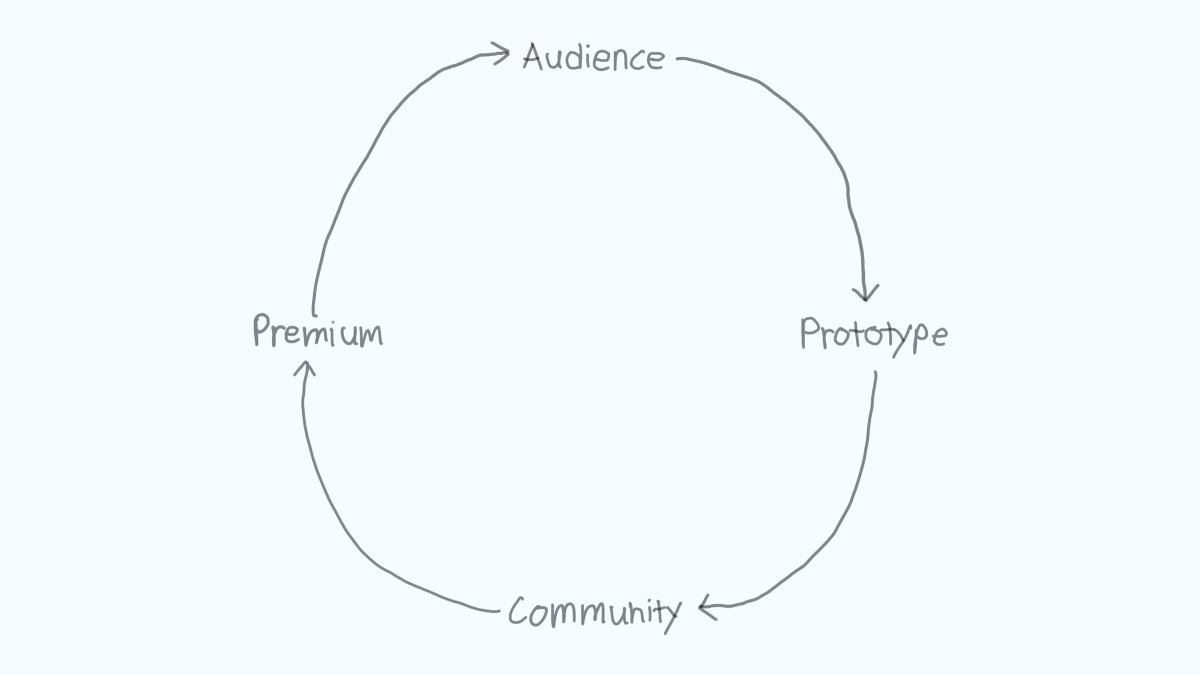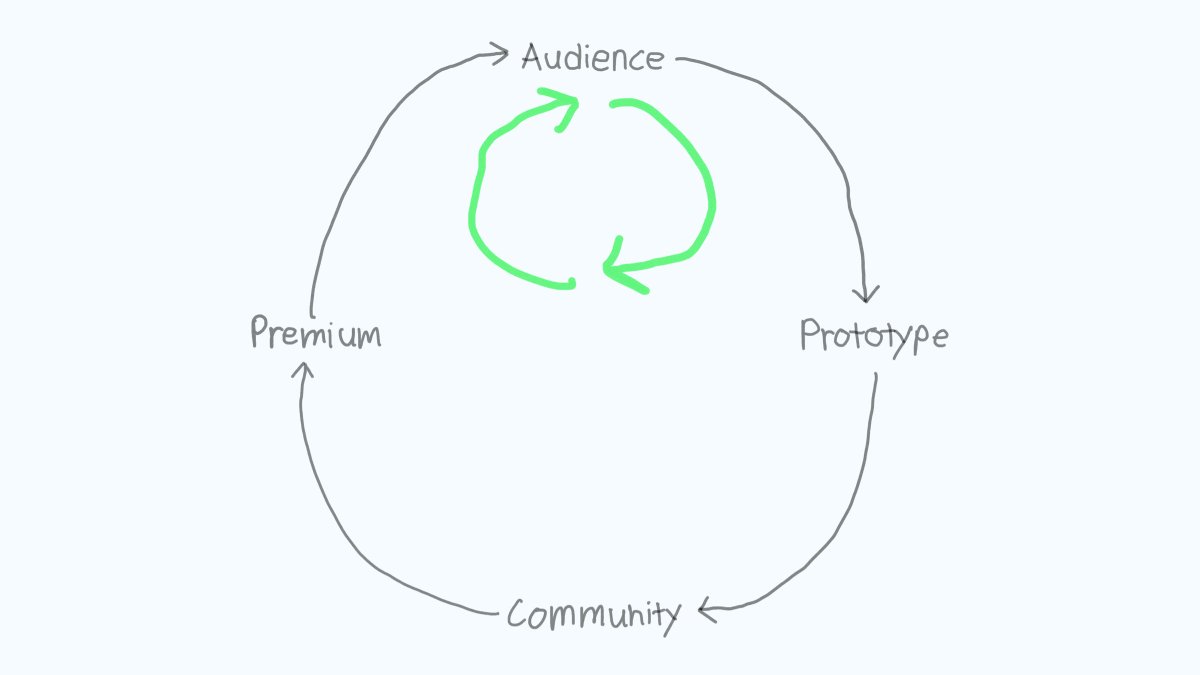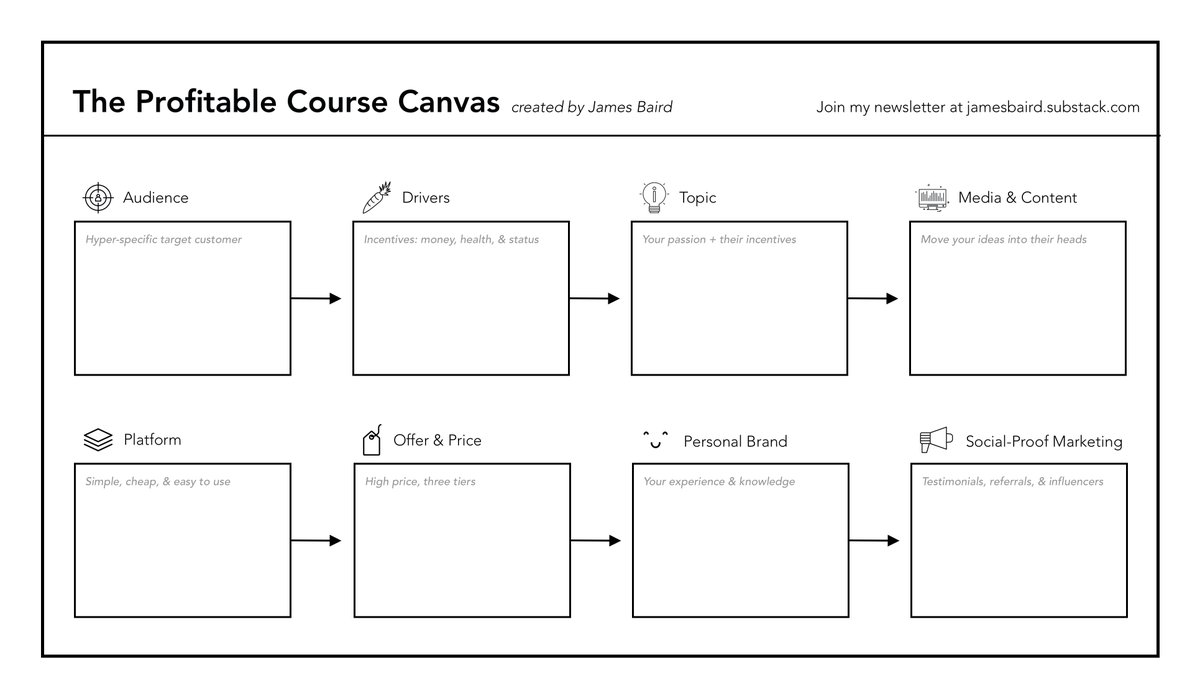
You should read the shareholder letters of Warren Buffett.
But you probably don’t have time.
So here is a mega 🧵 with a running summary as I read and take notes.
But you probably don’t have time.
So here is a mega 🧵 with a running summary as I read and take notes.
You can get his letters here from 1965-2014: amazon.com/dp/0615975070/…
What makes Buffett so special?
He’s the greatest capital allocator alive today—perhaps the greatest in history.
He’s not sexy. He invests in railroads, insurance, candy, jewelry, & ice cream.
Yet he’s posted increasingly great returns with compounding interest for decades.
He’s the greatest capital allocator alive today—perhaps the greatest in history.
He’s not sexy. He invests in railroads, insurance, candy, jewelry, & ice cream.
Yet he’s posted increasingly great returns with compounding interest for decades.
In 1965, when Buffett took control of Berkshire Hathaway, his investment partnership paid an average of $14.86 per share.
Today, a share costs $350,320.
That’s a staggering 2,357,370% return.
Today, a share costs $350,320.
That’s a staggering 2,357,370% return.
So how did he do it?
His annual shareholder letters chart his path to exponential success.
They’re a master class in financial analysis, investment philosophy, business strategy, and decision making.
His annual shareholder letters chart his path to exponential success.
They’re a master class in financial analysis, investment philosophy, business strategy, and decision making.
In 1965, Berkshire was a textiles business—and it wasn’t doing well.
Buffett decided to turn it into a holding company that invested in better businesses.
Buffett decided to turn it into a holding company that invested in better businesses.
At the time, the textiles business was cyclical. Sales could be great one year and dry up the next.
Moreover, the money market was tough. It was hard to get credit.
So Buffett decided that Berkshire should acquire companies that produced lots of working capital.
Moreover, the money market was tough. It was hard to get credit.
So Buffett decided that Berkshire should acquire companies that produced lots of working capital.
These acquisitions needed to be stable companies that threw off lots of excess cash each year.
This would give Buffett cash to:
(1) Hold in reserve for when Berkshire hit a sales slump; and
(2) Invest in even more stable, cash-flowing businesses.
This would give Buffett cash to:
(1) Hold in reserve for when Berkshire hit a sales slump; and
(2) Invest in even more stable, cash-flowing businesses.
So, what businesses did he buy?
Two casinos in Las Vegas.
Well, not really. He bought two insurance companies.
But insurance companies and casinos are more similar than you might think.
Two casinos in Las Vegas.
Well, not really. He bought two insurance companies.
But insurance companies and casinos are more similar than you might think.
Casinos make money because the odds are in their favor.
They may pay out a few jackpots, but on average, people lose much more money than they make gambling.
Insurance kinda works like that too.
They may pay out a few jackpots, but on average, people lose much more money than they make gambling.
Insurance kinda works like that too.
People pay you to cover their expenses if something bad happens. You sell peace of mind.
But big, bad things do not happen to people as often as they fear.
As a result, insurance companies take in more cash through premiums than they pay out in claims—much, much more.
But big, bad things do not happen to people as often as they fear.
As a result, insurance companies take in more cash through premiums than they pay out in claims—much, much more.
In other words, insurance companies are cash-flow machines.
They were the perfect investment for Buffett to (1) self-insure with extra cash in case Berkshire needed it; and (2) invest in other companies to repeat the cash-flow magic.
They were the perfect investment for Buffett to (1) self-insure with extra cash in case Berkshire needed it; and (2) invest in other companies to repeat the cash-flow magic.
In the words of Buffett from 1967:
“Our investment in the insurance companies reflects a first major step in our efforts to achieve a more diversified base of earning power.”
He was only getting started.
“Our investment in the insurance companies reflects a first major step in our efforts to achieve a more diversified base of earning power.”
He was only getting started.
Buffett’s genius insurance play didn’t come without risks, however.
What if something big and bad did happen? What if Buffett needed to pay out lots of claims all at once?
What if something big and bad did happen? What if Buffett needed to pay out lots of claims all at once?
These risks reinforced Buffett’s habit of acquiring lots of excess cash.
But he needed the cash from businesses with different risks than insurance companies.
Otherwise, he would have just compounded his exposure to adverse events.
But he needed the cash from businesses with different risks than insurance companies.
Otherwise, he would have just compounded his exposure to adverse events.
In 1968, he bought two companies in information technology and social media—of the old school variety.
Berkshire acquired a newspaper business and a printing business.
Berkshire acquired a newspaper business and a printing business.
Of course, these two businesses weren’t cash-flow machines like the insurance companies, but they did have two other virtues that stabilized the Berkshire portfolio:
(1) They were cheap; and
(2) They were stable.
Plus Buffett just really liked the idea of being a publisher.
(1) They were cheap; and
(2) They were stable.
Plus Buffett just really liked the idea of being a publisher.
In 1969, Buffett used the same strategy.
He bought a bank that made good money at a great price.
These sorts of purchases enabled Buffett to stabilize, diversify, and derisk the Berkshire portfolio without depleting cash reserves.
He bought a bank that made good money at a great price.
These sorts of purchases enabled Buffett to stabilize, diversify, and derisk the Berkshire portfolio without depleting cash reserves.
In the 1969 letter, we also see Buffett use one of his favorite tactics: level setting.
After praising the strength of the bank, he warns investors that the business isn’t likely to grow too much too fast.
After praising the strength of the bank, he warns investors that the business isn’t likely to grow too much too fast.
This tactic helped Buffett manage his shareholders.
He didn’t aim to make a quick buck. He was after long-term compounding interest.
And he didn’t want anyone with any other mindset maintaining an ownership stake in his company.
He didn’t aim to make a quick buck. He was after long-term compounding interest.
And he didn’t want anyone with any other mindset maintaining an ownership stake in his company.
But as often happened with Buffett, he set low expectations only to radically exceed them.
In 1970, he regrettably informed shareholders that the bank had blown the top off its strong performance from the previous year.
In 1970, he regrettably informed shareholders that the bank had blown the top off its strong performance from the previous year.
With each of Buffett’s five acquisitions to date, he left the current management in charge.
This was no accident. If the business wasn’t run well, he didn’t want it.
He wasn’t in the business of running businesses. He was in the business of owning them.
This was no accident. If the business wasn’t run well, he didn’t want it.
He wasn’t in the business of running businesses. He was in the business of owning them.
• • •
Missing some Tweet in this thread? You can try to
force a refresh





